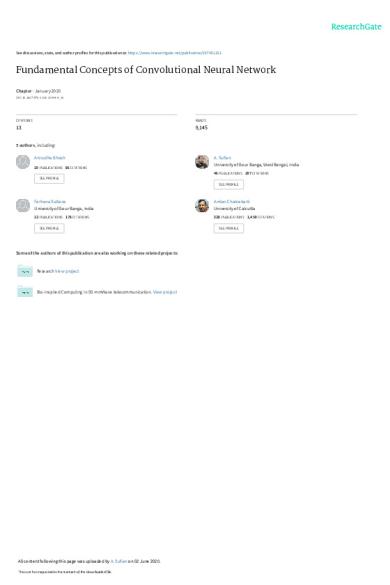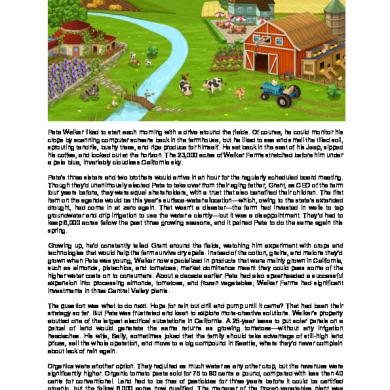
Pre PrintCopy 2
- Uploaded by: SAM BEN
- Size: 6.4 MB
- Type: PDF
- Words: 15,720
- Pages: 41

* The preview only shows a few pages of manuals at random. You can get the complete content by filling out the form below.

SAM BEN - 6.4 MB

andrew s - 2.5 MB

Paola Cortes - 1 MB

Mishell Ines Pucuhuayla Collachagua - 75 KB

andrew s - 1.9 MB

Lesly Morelia Misericordia Alvarez - 468.5 KB

Naidu Becerra - 584.8 KB

Durando Lorenzo - 793.3 KB

shivani k nair - 64.4 KB

Rendy Mardiansyah Arsyavin - 816.1 KB

santosoedy - 5.5 MB

RosaAnggeliicaNieto - 1.1 MB
© 2025 VDOCS.RO. Our members: VDOCS.TIPS [GLOBAL] | VDOCS.CZ [CZ] | VDOCS.MX [ES] | VDOCS.PL [PL] | VDOCS.RO [RO]